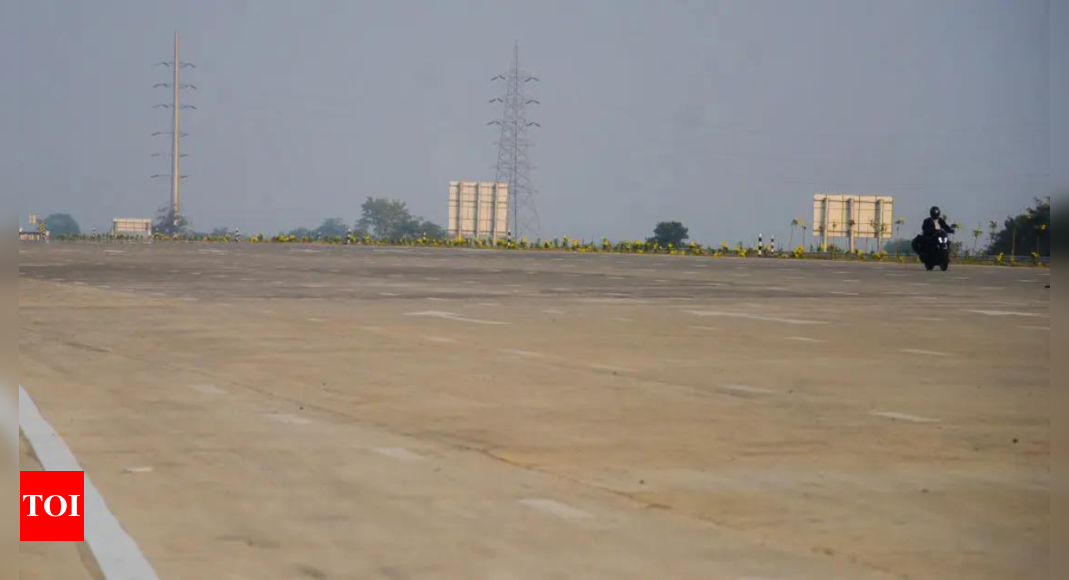NEW DELHI: In what could come as a relief to people using long stretches of elevated highways and those with tunnels passing through urban and populated areas, the road transport ministry is likely to cap the toll rate at five times what It is charged for normal highways. Currently, the toll rate for elevated sections is 10 times that of normal highways.
The current toll rate will deter people from using such stretches, including Nashik-Phata in Maharashtra, Danapur-Bihta in Bihar, the Dwarka Expressway passing through Delhi and Gurgaon, the Delhi-Dehradun Expressway and many sections in Kerala that have parts important as high runners.
For example, as per the current toll norm, a one-way car trip on the 28.5 kilometer Dwarka Expressway would cost Rs 400 as around 21 kilometers of the expressway are elevated. However, the user fee will be halved to Rs 200 per ride once the new rule is notified.
“Before we didn’t have many flyovers, tunnels or long bridges. But we are now building more such structures, particularly on stretches that pass through urban and peri-urban areas. Thus, the proposal is to limit toll collection to only five times in sections that have a certain percentage of length as structures. The aim is to not make the toll prohibitive for commuters as this defeats the purpose of building infrastructure,” an official said.
The higher toll formula applies to elevated stretches as they require more capital compared to “networked highway corridors.” Considering the difficulties in obtaining land for the construction of highways and ring roads in urban areas, the government is resorting to the construction of elevated stretches and tunnels.





